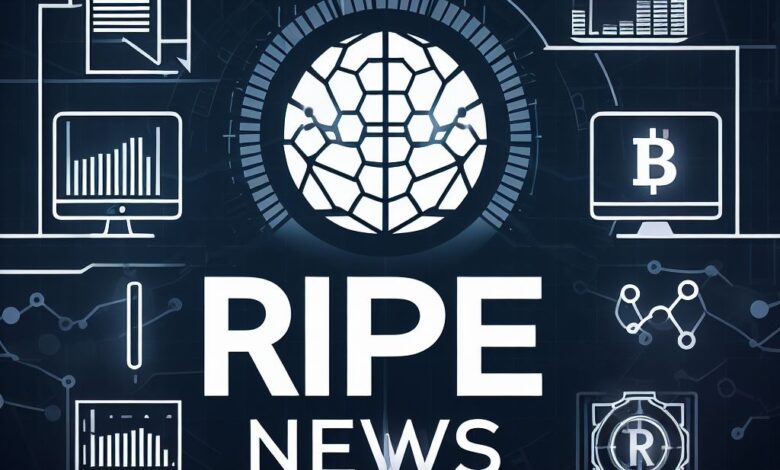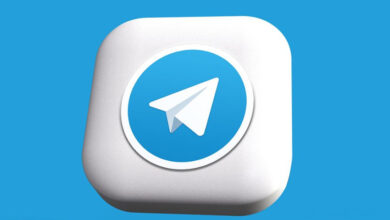Web 3.0: The Next Generation of the Internet

The internet has undergone several transformations since its inception, but the next big thing in the world of the internet is Web 3.0. Also known as the Semantic Web, Web 3.0 represents a major shift in the way we interact with online content and data, and promises to make the internet more intelligent, intuitive, and connected than ever before.
The primary goal of Web 3.0 is to create a more intelligent and intuitive web, where machines can better understand the meaning and context of human language. This understanding enables machines to help people more effectively find, organize, and consume information. Unlike the current web, Web 3.0 is a web of data, where information is not just presented in text and images, but is also linked together through a common set of standards and protocols. This linkage makes data easily shared, reused, and combined in new and interesting ways.
Web 3.0 is a combination of several key technologies, including the Semantic Web, Linked Data, the Internet of Things (IoT), artificial intelligence (AI), and blockchain. These technologies are creating a new infrastructure for the web that is more decentralized, secure, and privacy-focused.
The potential benefits of Web 3.0 are vast and varied. New applications and services could be developed, such as intelligent search engines that provide personalized, intelligent responses that take into account your interests and preferences. Digital assistants that can understand natural language and help with a variety of tasks, such as scheduling appointments or making travel arrangements, could become ubiquitous. Web 3.0 could also facilitate new business models, such as peer-to-peer marketplaces, smart contracts, and decentralized finance (DeFi).
One of the most exciting aspects of Web 3.0 is its potential to create a more decentralized and democratized internet. Currently, a small number of large tech companies control the majority of online content and data. With Web 3.0, the power could shift to individuals and small businesses, as decentralized networks allow for the creation of new, community-owned platforms and services.
Of course, there are also potential downsides to Web 3.0. The technologies that power it could be used for nefarious purposes, and there are concerns about privacy and security. However, the potential benefits of Web 3.0 far outweigh the potential risks, and it is up to us as a society to navigate this new landscape responsibly.
In conclusion, Web 3.0 represents a major shift in the way we think about the internet. It promises to create a more intelligent, intuitive, and connected web, and to democratize online content and data. As Web 3.0 continues to evolve, we can expect to see a whole new era of innovation and possibility. So, get ready to experience the power and potential of Web 3.0.




